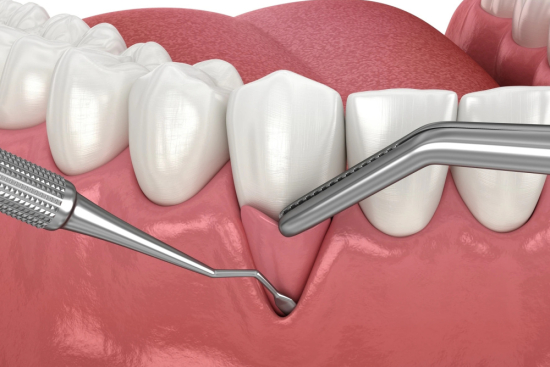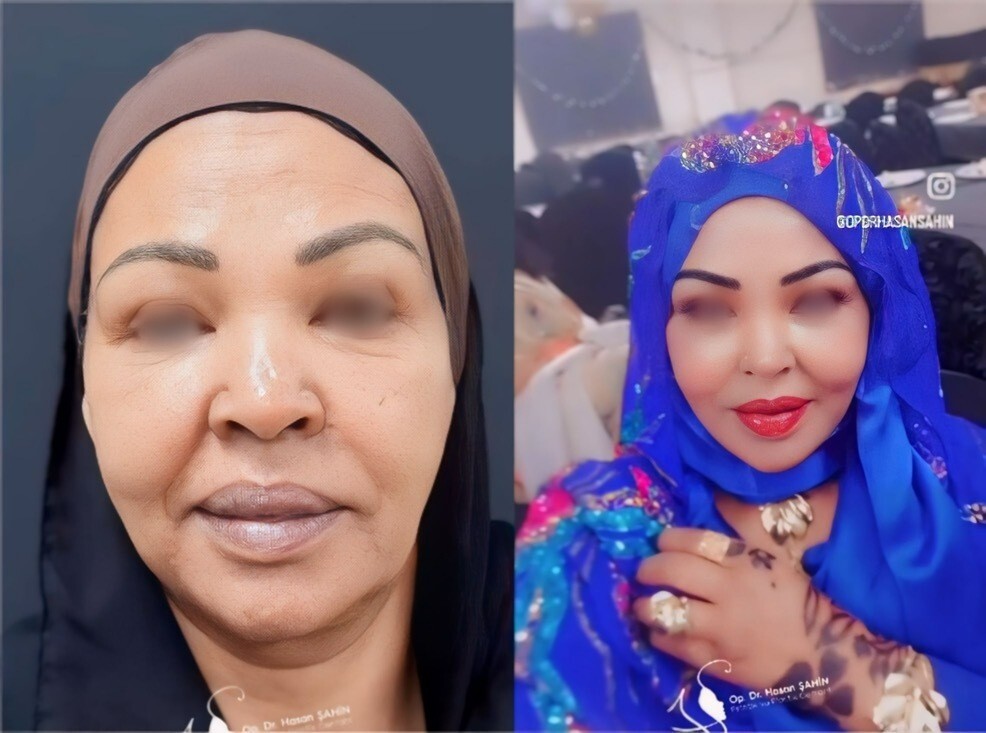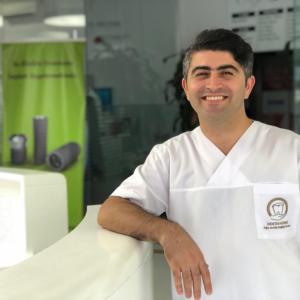Your gums are starting to recede, your teeth are looking longer, and you're starting to feel some discomfort, even sensitivity to hot and cold? Gum grafting is just what you need to restore what's become fragile. Not only does it protect the roots of the teeth, but it also restores a more balanced, healthier, and more comfortable smile. It is a discreet but often crucial solution for restoring self-confidence and maintaining long-term oral health.
Cost of gum transplants in Turkey
Gum grafting in Turkey offers excellent value without compromising competence or safety. Our partner clinics work with experienced periodontists who are trained in the latest techniques to deliver long-lasting, aesthetic results.
The cost of a gingival graft in Turkey averages between €500 and €1,500, depending on the graft type, case complexity, and number of teeth to be treated.
With Turquie Santé, we support you every step of the way, from assessing your case to coordinating with the best-suited clinic for your needs. Our goal is to provide you with a worry-free treatment experience and personalized support.














